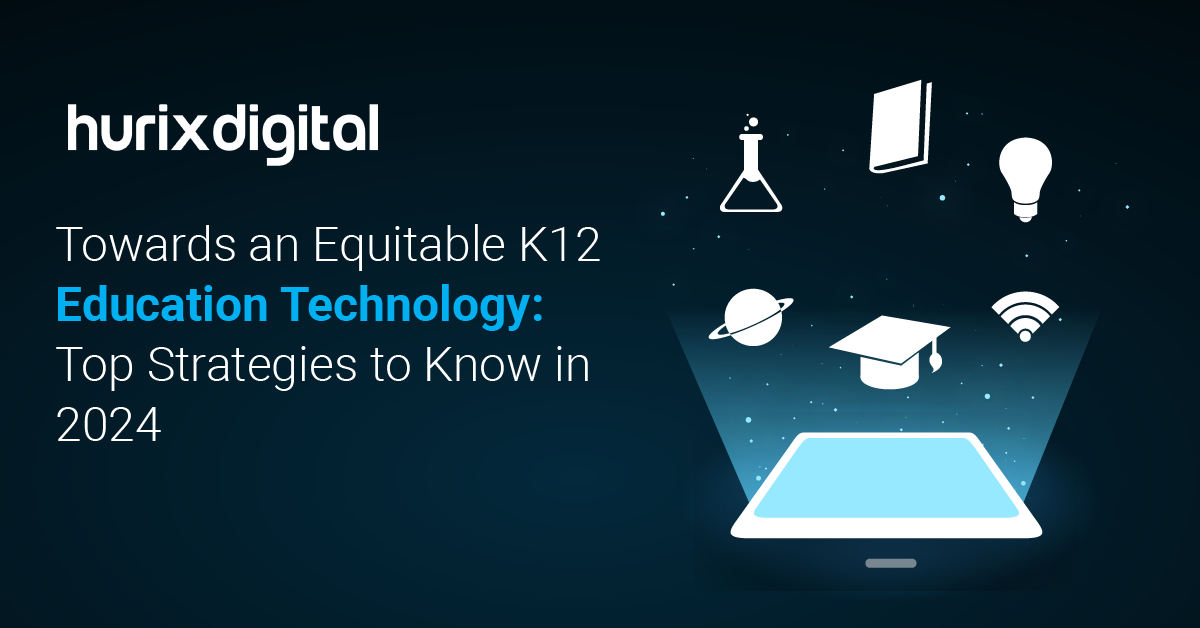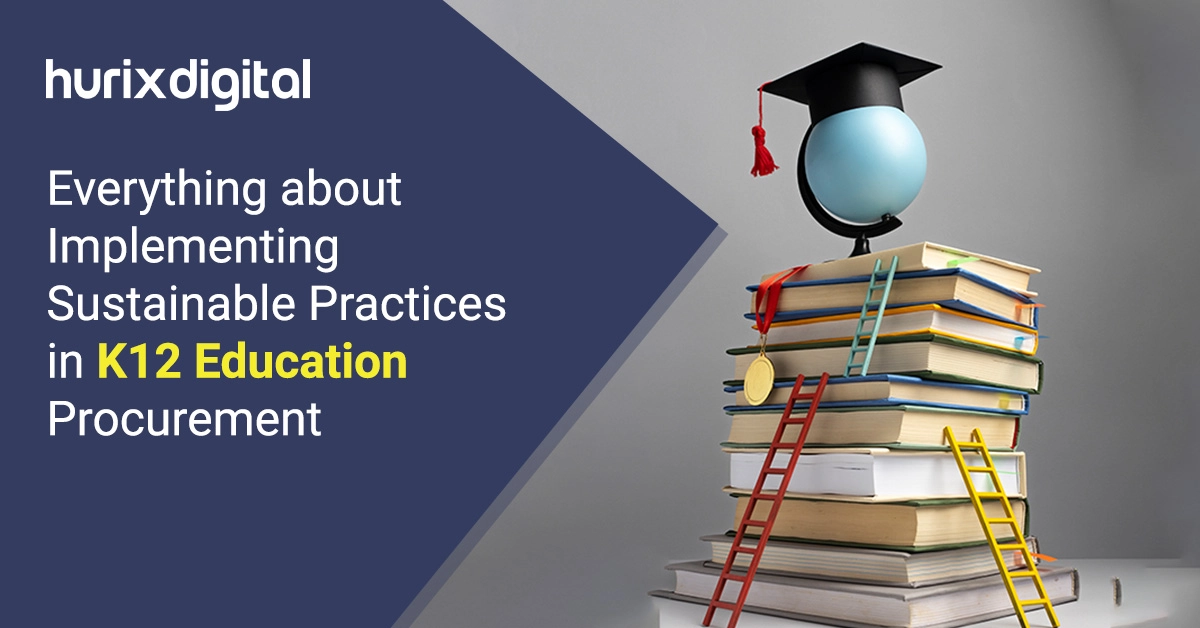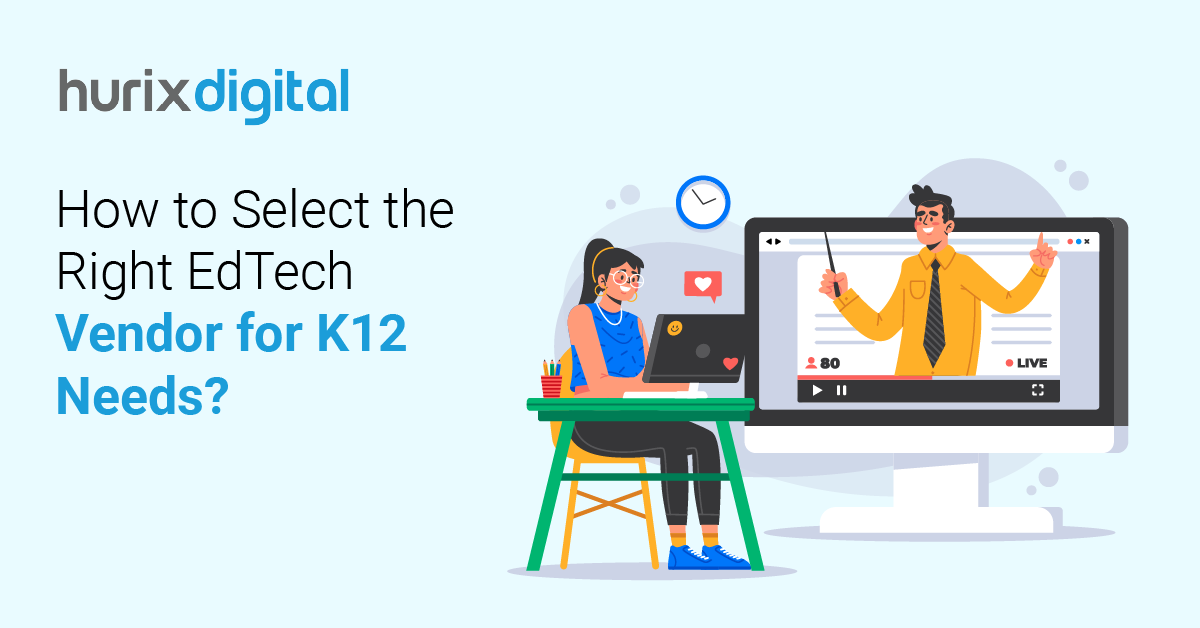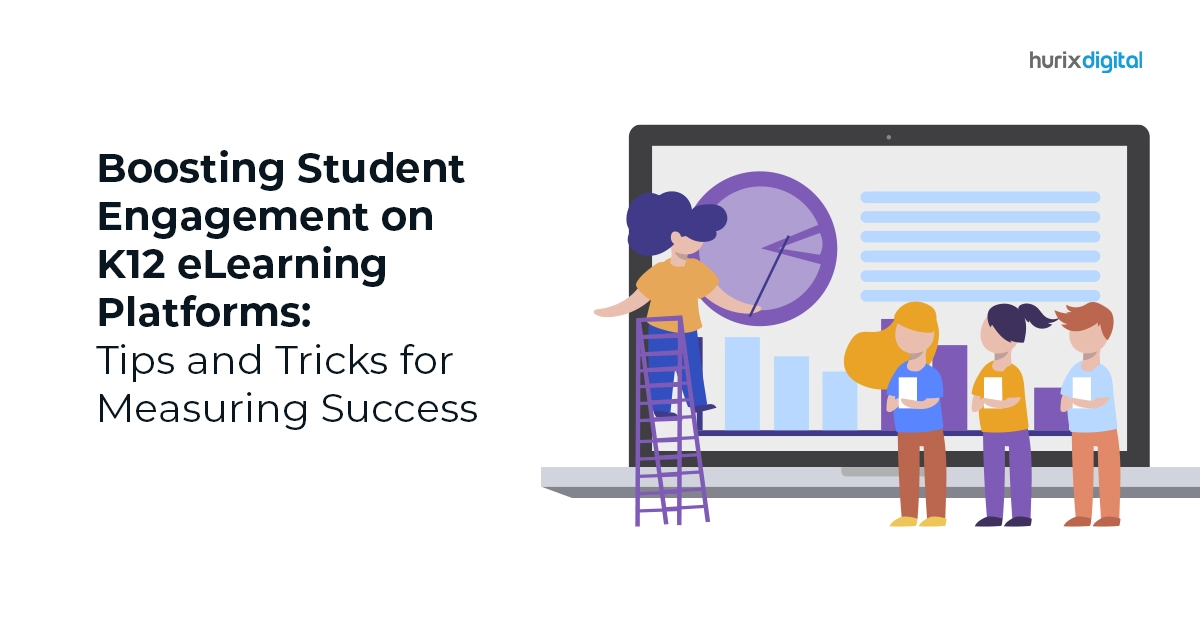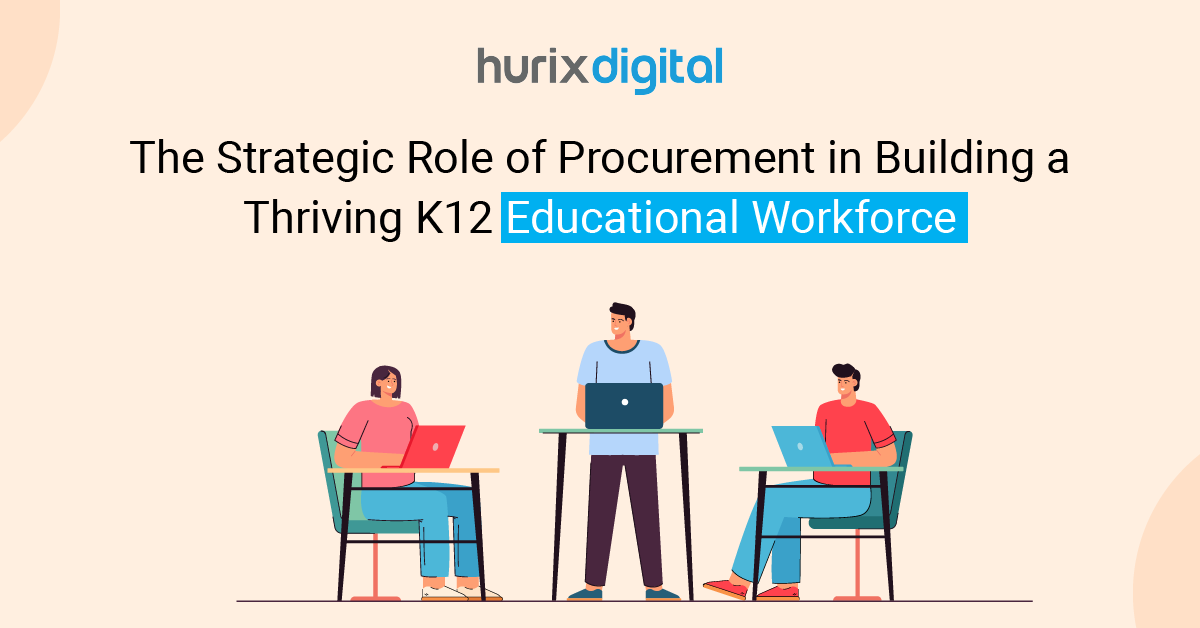
The Strategic Role of Procurement in Building a Thriving K12 Educational Workforce
Summary
This blog outlines key strategies for K12 workforce building, including recruitment, onboarding, professional development, compensation, and data-driven training to enhance education quality.
The success of students at school depends on the teaching skills of its educators. Institutions that enroll students in the K12 curriculum need to give special attention to hiring their K12 educational workforce for a positive impact.
Especially in today’s digital world, where a variety of pedagogies are employed, and teaching methods are constantly evolving, teachers who are experts at the drill can make a world of difference in the quality of education provided.
Through this blog, you will gain insight into five crucial strategies for building an educational workforce and enhancing K12 education. You will also learn about three best practices to implement the strategies in the most effective ways.
Table of Contents:
- The Importance of Procurement in Education
- 5 Crucial Education Procurement Strategies
- 3 Best Practices for Building K12 Educational Workforce
- Managing Procurements Centrally with Hurix Digital
The Importance of Procurement in Education
Why think about proper workforce procurement in education at all? Here are the five key reasons that impact the result of your institution in terms of student success and education satisfaction:
1. Quality of Education
A procurement strategy puts quality of education at the helm of the hiring strategy. The entire workforce is hired around this requirement, ensuring that the skills of the teachers are passed to the students as a learning benefit.
2. School Reputation
Attracting, hiring, and retaining top-tier educators and workforce helps your K12 institution build a good reputation in your community and beyond. This is particularly helpful in attracting more enrolments year on year and expanding the reach of quality education that you provide.
3. Succession Planning
Procurement strategies sometimes extend to planning successions within the institution itself. There are policies and guidelines established that help hone future leaders and prepare them to step into their respective roles when the time comes.
4. Adaptability
When it comes to hiring staff for the long term, adaptability forms a key strategy of procurement. This allows the institution to plan for flexibility in hiring to cater to specific demographics, curriculum, or educational trends.
5. Meeting Student Needs
The most crucial aspect of procurement strategies is the need to address student requirements. A well-rounded K12 educational workforce takes diversity and inclusion into consideration to ensure all the students are able to learn equitably.
Also Read: Top 5 Ways to Make K12 Curriculum Engaging with Animation
5 Crucial Education Procurement Strategies
K12 workforce development requires deliberate thinking and thorough planning for success. Leverage the five key strategies below to enhance K12 education by hiring the best staff possible:
1. Target Your Recruitment Drive
The first step to developing a robust procurement strategy is to identify the needs of your institution and students. Make a list of your institution’s goals, student requirements, and educational needs before you create a detailed job description.
Consider leveraging the power of social media to propagate your job requirements in addition to the formal recruitment channels. If your needs are specialized (like hiring teachers for special-needs students), consider partnering with a headhunter to recruit from the best talents available in your area.
2. Fortify Onboarding, Inductions, and Mentoring
A good procurement strategy doesn’t stop after the candidates have been selected for their positions. It also includes detailed guidance and an onboarding letter that helps them smoothly integrate into school systems.
A comprehensive onboarding and induction program can help new teachers quickly familiarize themselves with the processes, workflows, and systems followed at your school. This can help reduce the time it takes for them to start performing at their peak and deliver their educational value to the students.
3. Provide Ongoing Professional Development
When designing a procurement strategy, it is also important to include teacher development and training programs. If you want to retain your K12 educational workforce for the long term, you must provide them with development and growth opportunities.
You can consider organizing workshops, conferences, online courses, etc., and mentioning them in the onboarding letters. It is important to understand that without organizing growth opportunities for your workforce, it can become difficult to keep your educators engaged.
4. Consider Competitive Compensation
Competitive compensation refers to employee benefits like healthcare, retirement plans, professional development opportunities, etc. A good procurement strategy should make use of these incentives to attract the most capable workforce in the area to your schools.
If you do not have any of these compensation programs in place, it would help to launch them before your hiring drive to attract better talents.
5. Provide Teacher Leadership Development
While most procurement strategies conclude after describing onboarding details, the really good ones go a step further and guide teacher leadership development as well.
These programs help create an inclusive and collaborative culture, which helps identify natural leadership qualities in new recruits. Thus, emerging leaders can be easily identified and assigned roles with more complicated processes that they can handle well.
3 Best Practices for Building K12 Educational Workforce
Even with a robust procurement strategy in place, implementation can get a little complex to understand. Here are three key best practices you can follow to ensure that everything goes as planned:
1. Set Shared Goals
Schools are primarily centers for education but also institutions that need to consider sustenance and growth. Therefore, it helps to align procurement strategies with the broader educational and growth plans laid out for the institution over the long haul. For example, investing in educators who are adept at digital pedagogies wouldn’t break even until the IT infrastructure has been implemented successfully.
2. Align the Documentation
Every institution follows a set of policies, protocols, and other documentation that serve as a guidance mechanism in the face of challenges. It helps to align the procurement strategies with this documentation to create a seamless connection between hiring, onboarding, assimilation, and development of the workforce.
3. Leverage Data to Inform Training Programs
All the teacher development and training programs can only be effective if the impact they create can be measured and improved upon. This is possible by selecting and implementing the right technology stack that helps you gather data from teachers, their performance, and the impact they have created on school results.
The right tools help you collate and analyze data from various sources and generate insights that help you provide the most relevant training and development programs.
Also Read: 10 Tips for Choosing the Right Educational Games for K12 Curriculum
Managing Procurements Centrally with Hurix Digital
It may seem like hiring a K12 educational workforce is a straightforward matter. However, considering that the reputation of the institution and the future of the student hinges on teachers, a well-planned procurement strategy can be of great help.
Using the guidance shared above, create robust education procurement strategies and execute the hiring process in partnership with Hurix Digital.
Hurix Digital provides dedicated K12 services for staffing solutions to help you hire subject matter experts with diverse levels of experience. You can get in touch with us directly to explore the full range of our K12 solutions.

Senior Vice President
A Business Development professional with >20 years of experience with strong capability to sell new solutions and develop new markets from scratch. New Market Entry Specialist with experience of working in two of the largest emerging markets – China & India. Also covered other key markets in APAC, US, EU & ME. Exceptional experience of conceptualizing, ideating and selling new learning technologies like VR AR, etc. across multiple industry verticals.
